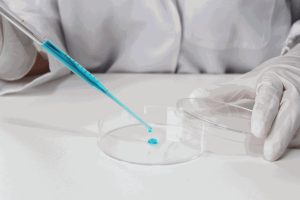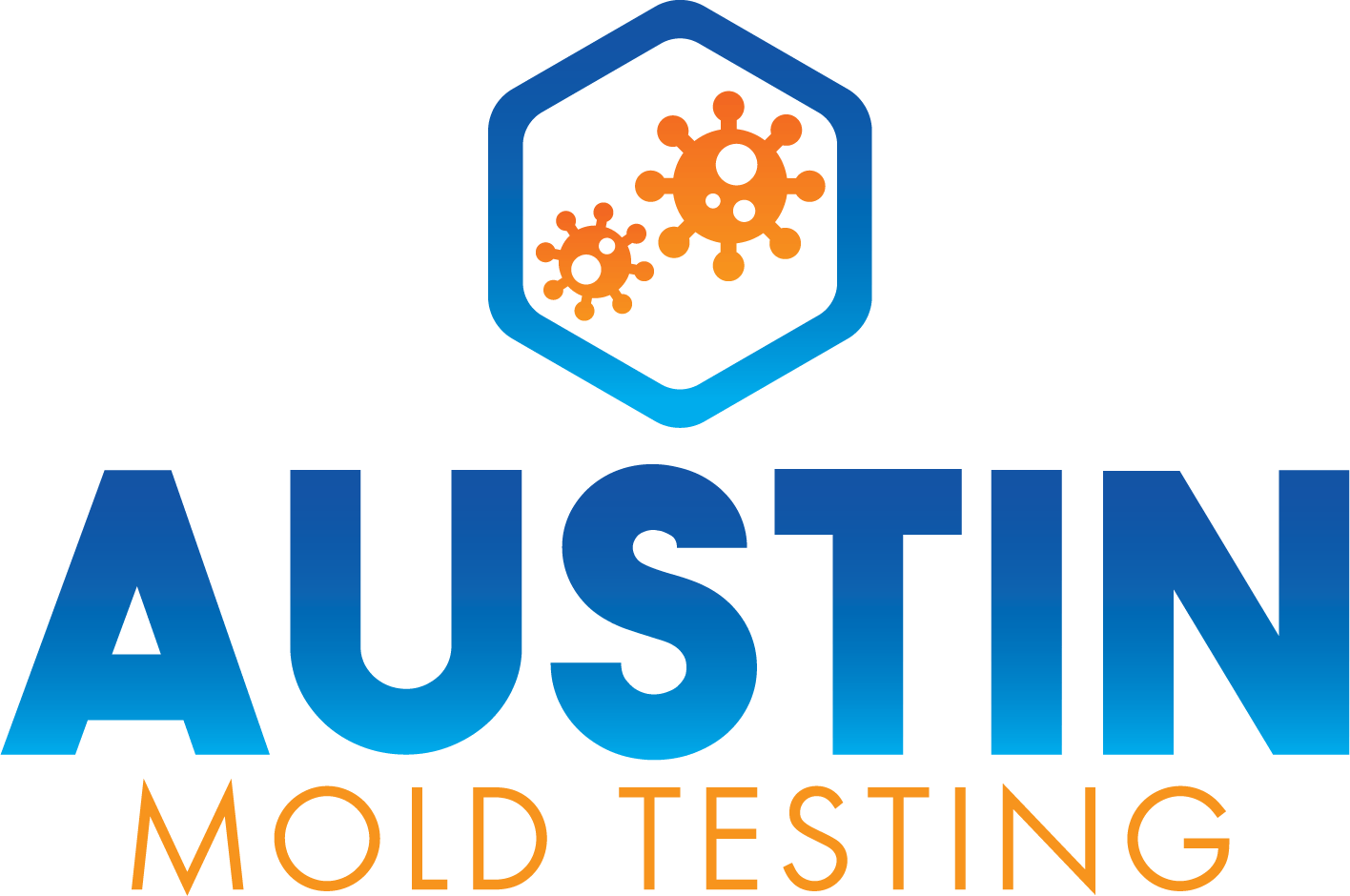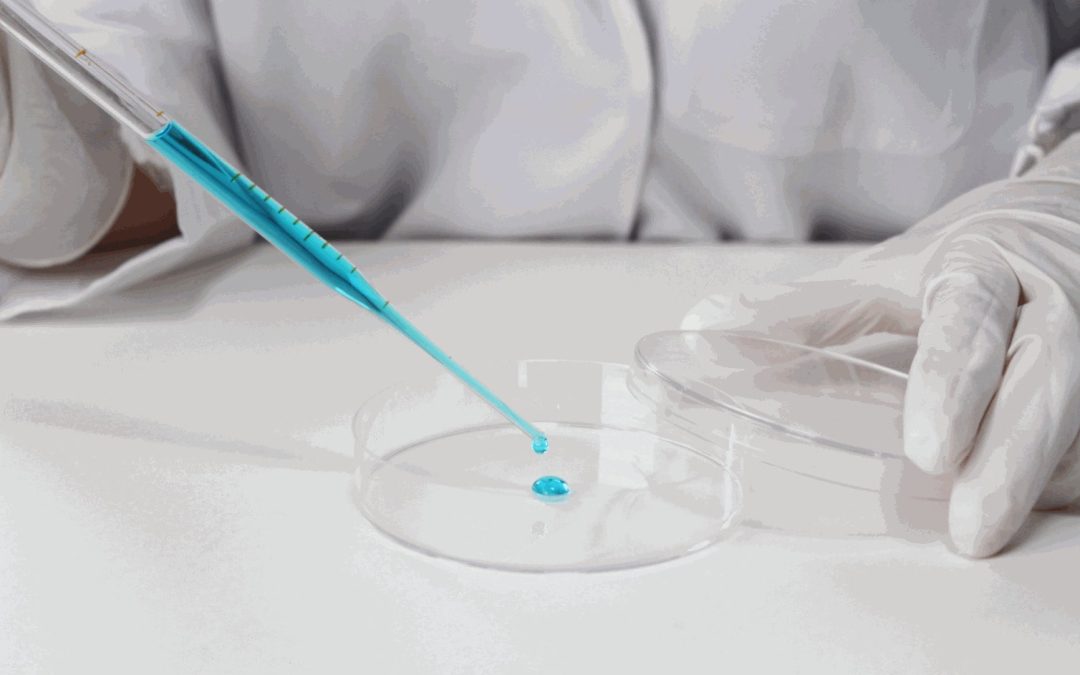
If a mold test comes back positive, indicating the presence of mold in your home, it’s essential
to take prompt action to address the problem and prevent further contamination. Here’s what
to do if your mold test is positive:
Identify the Source: Begin by identifying the source of the mold growth. Conduct a thorough
inspection of your home to locate areas with visible mold growth, water damage, or high
humidity levels. Common areas where mold may thrive include bathrooms, kitchens,
basements, attics, and areas with plumbing leaks or condensation.
Address Moisture Issues: Mold thrives in damp environments, so it’s crucial to address any
sources of moisture in your home. Fix leaks, repair water damage, improve ventilation, and
reduce indoor humidity levels to prevent mold growth and spread.
specialist for a more comprehensive assessment of your home and guidance on remediation
measures. These professionals have the expertise and equipment to conduct thorough mold
inspections, identify the extent of the contamination, and recommend appropriate remediation
strategies.
Develop a Remediation Plan: Based on the findings of the mold test and professional
assessment, develop a remediation plan to address the mold contamination in your home. The
remediation plan may include steps such as cleaning and disinfection, removal of moldy
materials, moisture control measures, and preventative actions to minimize future mold
growth.
Follow Remediation Guidelines: When remedying mold issues, it’s essential to follow industry
guidelines and best practices to ensure effective and safe remediation. Use appropriate
personal protective equipment (PPE), such as gloves, respirators, and goggles, when cleaning or
removing moldy materials. Ventilate the area during remediation and properly dispose of
contaminated materials.
Clean and Disinfect: Thoroughly clean and disinfect surfaces affected by mold using appropriate
cleaning agents recommended for mold remediation. Scrub visible mold growth from surfaces,
and use disinfectants to kill mold spores and inhibit further growth.
Dry Out Affected Areas: Proper drying and moisture control are essential for preventing mold
recurrence. Use dehumidifiers, fans, and other drying equipment to dry out the affected area
and address any underlying moisture issues.
Monitor for Recurrence: After remediation is complete, monitor the affected areas for signs of
mold recurrence. Keep an eye out for any new mold growth or musty odors and take prompt
action to address any issues that arise.
By following these steps and taking proactive measures to address mold contamination in your
home, you can create a healthier indoor environment for you and your family. If you’re unsure
about how to proceed or if the mold contamination is extensive, consider seeking professional
removal.

